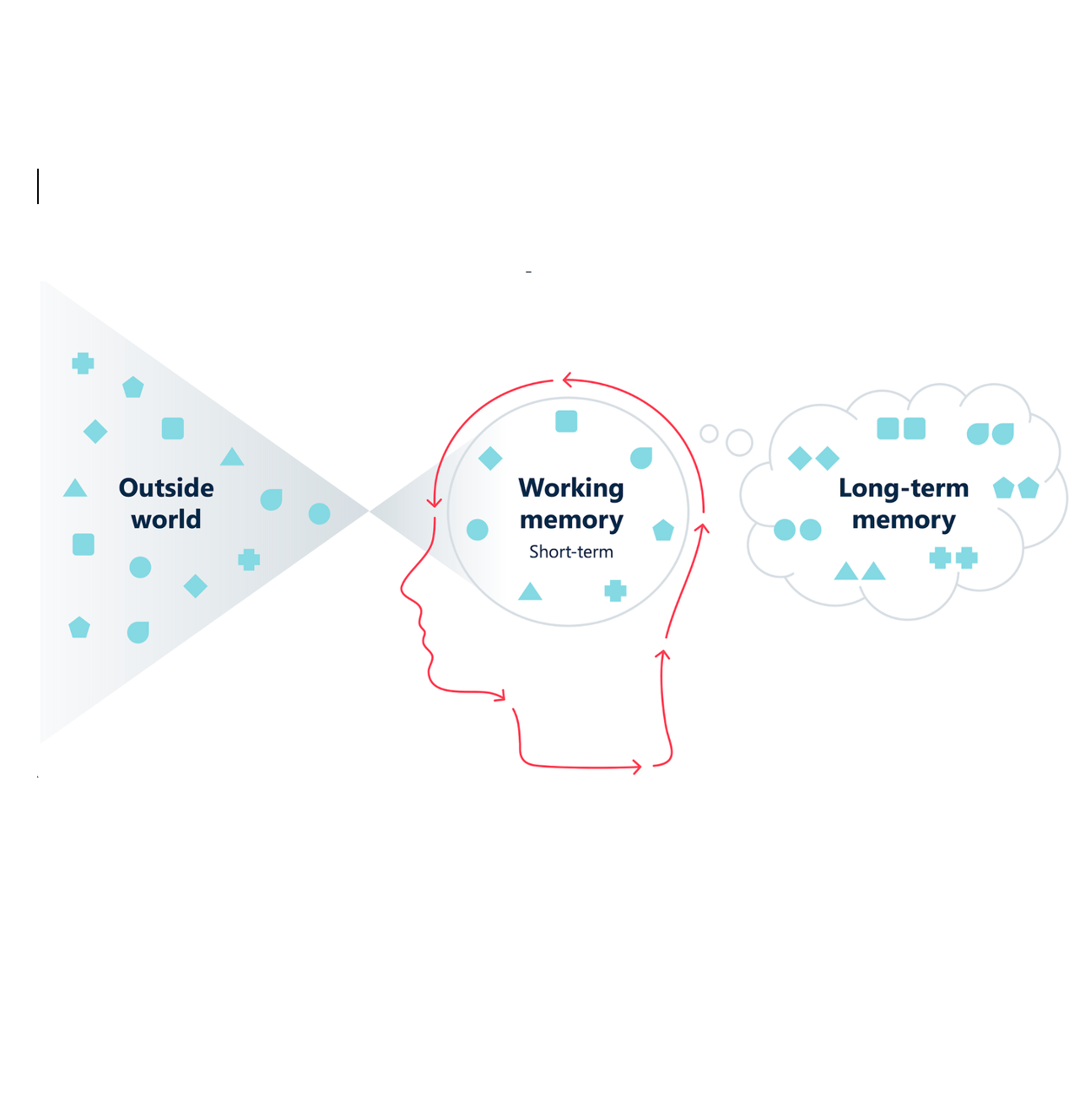Have you ever been in the cath lab or a classroom and felt that important information was slipping through the cracks? Maybe decisions were delayed, procedures became more complicated than necessary, or learners struggled to remember key points. These are common challenges, whether you are teaching or learning, and they are closely linked to how the brain processes and retains information.
Understanding how people think and learn is essential to solving these problems. Information needs to be structured so it can be clearly processed by working memory, encoded into long-term memory, and recalled when needed. Working memory is the short-term storage we use to hold and manipulate information, while long-term memory stores knowledge for later use. Cognitive load theory shows that presenting too much information at once can overwhelm the brain, making it harder to understand or remember. In the cath lab, breaking a complex PCI procedure into sequential steps helps the team stay coordinated and reduce mistakes. In the classroom, presenting procedures with clear diagrams, stepwise explanations, and pauses for reflection helps learners retain knowledge and apply it confidently.
Metacognition, or thinking about thinking, is another essential tool. It involves reflecting on your own thought process, recognising limitations, and planning deliberately. Teachers can use metacognitive strategies to make their thinking explicit, explaining why certain choices are made and modelling decision-making for learners. Learners can use the same strategies to monitor their own understanding, evaluate their decisions, and identify areas for improvement. In both settings, this encourages more deliberate, confident, and effective action.
The takeaway is simple: structuring information and reflecting deliberately helps reduce errors, improve outcomes, and turn knowledge into confident action. Our Proactive PCI planning framework can be applied in the cath lab or classroom:
· Goal – define what success looks like
· Challenges and strategies – anticipate difficulties and plan how to address them
· Bailout – identify what could go wrong and outline Plan B and Plan C
· Set-up – organise the procedure or session to give yourself the best chance of success
· Reflections – review what worked, what could be improved, and what you learned
Use the planning tool to structure cases, improve decision-making, and embed learning in both clinical and teaching settings.
At Optima, these principles guide our work both as a community of experts and as educators. Applying neuroscience and learning theory ensures that knowledge is communicated effectively, understood deeply, and applied in practice. Whatever your role, being deliberate about how you think, teach, and learn will help you perform at your best.


